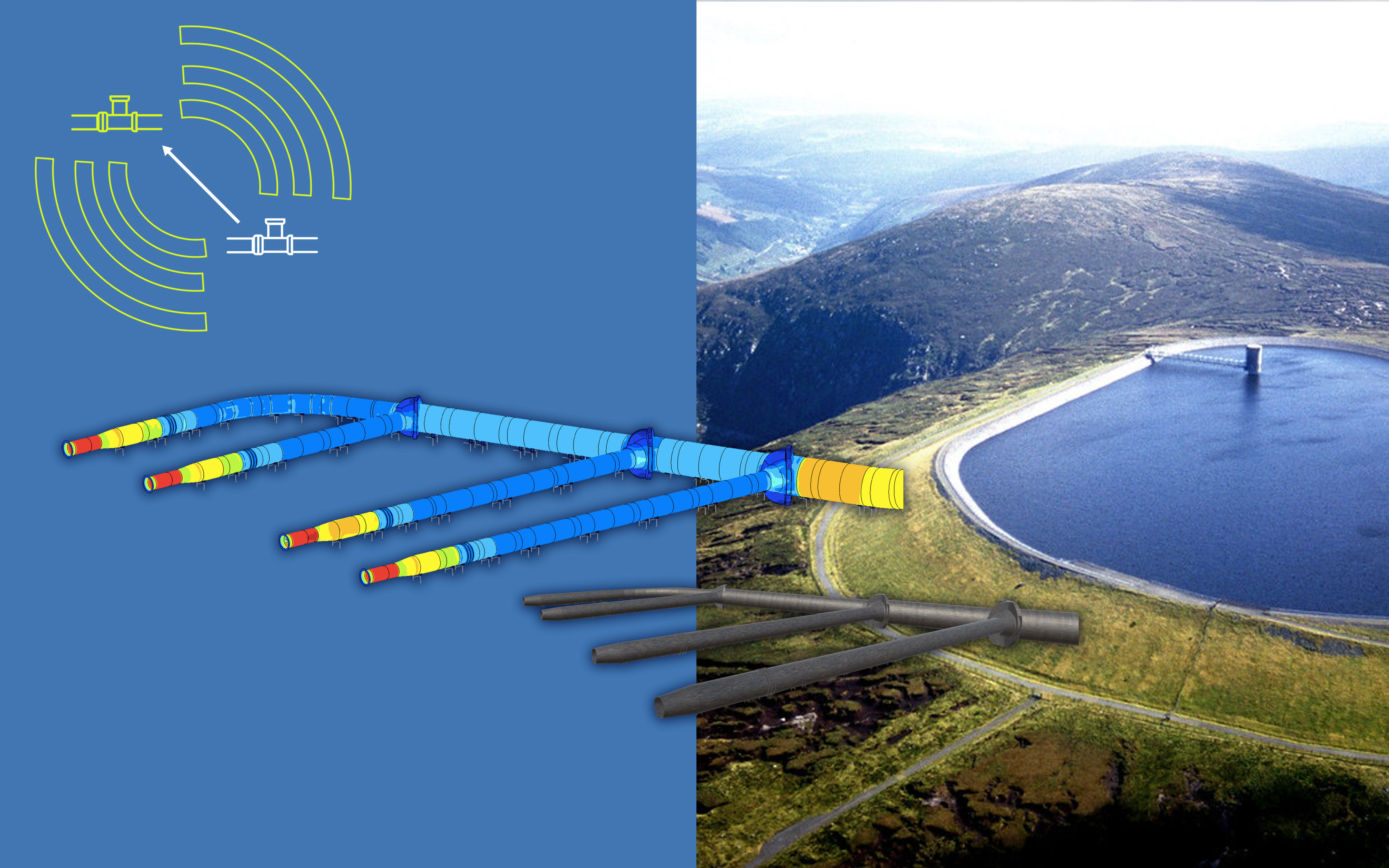747 results found
Featured results



More results
MIT guidelines define the criteria and procedures for ex-ante evaluation of infrastructure gaps in Italy, ex-ante assessment of project and selection of projects to be included in the multi-year program of public investments

This is a self-learning tool for city transport leaders and their advisers, but also a public resource that provides guidance in the planning, design, implementation, and evaluation of an ITS program.

This toolkit is designed to help government officials and policy makers evaluate existing and alternative urban bus systems in developing and transitional countries. It offers practical advice to enact fundamental system reforms.

The EIB adopted a revised transport lending policy on 13 December 2011, which sets the guiding principles and selection criteria that will reinforce the Bank's contribution to this sector.

The Gateway Review process aims to deliver a peer review of projects at critical stages in their lifecycle, to provide assurance that they can progress successfully to the next stage.

This report outlines benchmarking techniques, in order to improve the effectiveness of monitoring and evaluation in policy design

It addresses the growing worldwide interest in the use of light rail metro transit (LRMT) schemes to provide urban transport solutions and reviews the potential use of public-private partnership (PPP).

This convention creates legally binding standards to criminalise bribery of foreign public officials in international business transactions.

This document discusses how science-based indicators of vulnerability to climate change and of adaptability can inform the prioritization of adaptation assistance from a global adaptation fund.

This paper uses data from the world bank performance database and the electricity regulatory governance database using electricity company data to the develop the literature that explores the link between regulatory governance and sector performance.
OECD Checklist for Public Action, the OECD has developed practical guidance organized around 24 OECD principles to help governments and other stakeholders to assess and manage the implications of involving private actors in the financing, development and more.

The International Benchmarking Network for Water and Sanitation Utilities (IBNET) blue book creates a baseline and, at the same time, offers a global vision of the state of the sector in developing countries.

This paper examines what factor facilitates most network expansion using micro data from 45 fixed-line and mobile telephone operators in 18 African countries by looking into network externailties and discriminatory pricing.
This document provides advice related to fluvial flood risk management that addresses strategic planning, environmentally sensitive design and the implementation of works.

This benchmarking documents provides a preliminary analysis of infrastructure performance in Lesotho in four major sectors against the relevant group of comparator countries using a new World Bank international data base with objective and perception-based indicators of infrastructure performance from over 200 countries, this document outlines the deficiences in Lesotho in infrastructure.

This report provides an assessment of the state of regulatory governance in infrastructure industries in Brazil and to suggest possible indicators for future monitoring, while also providing a ranking among Brazillian regulators.

This paper discusses the regulation of water and sanitation services in urban areas.

This report outlines how in recent years Armenia has made significant strides in reforming the water sector by developing policies, enacting laws, and drawing up plans, programs and strategies aimed at improving water service provision

One of the main challenges in introducing PPPs lies in the proper definition of governance structures for all actors.

Water is fundamental to life and health. By extension it is a prerequisite for realizing other, basic human rights and in the fight against poverty. Innovative partnerships are needed to meet this huge challenge. One of the main challenges in introducing PPPs lies in the proper definition of governance structures for all actors: roles and responsibilities must be assigned and regulatory mechanisms must be established from the outset. The objective of this initiative is to enable optimal use of PPP as one of the options and contribute to the overall performance improvements of water supply and sanitation services.






